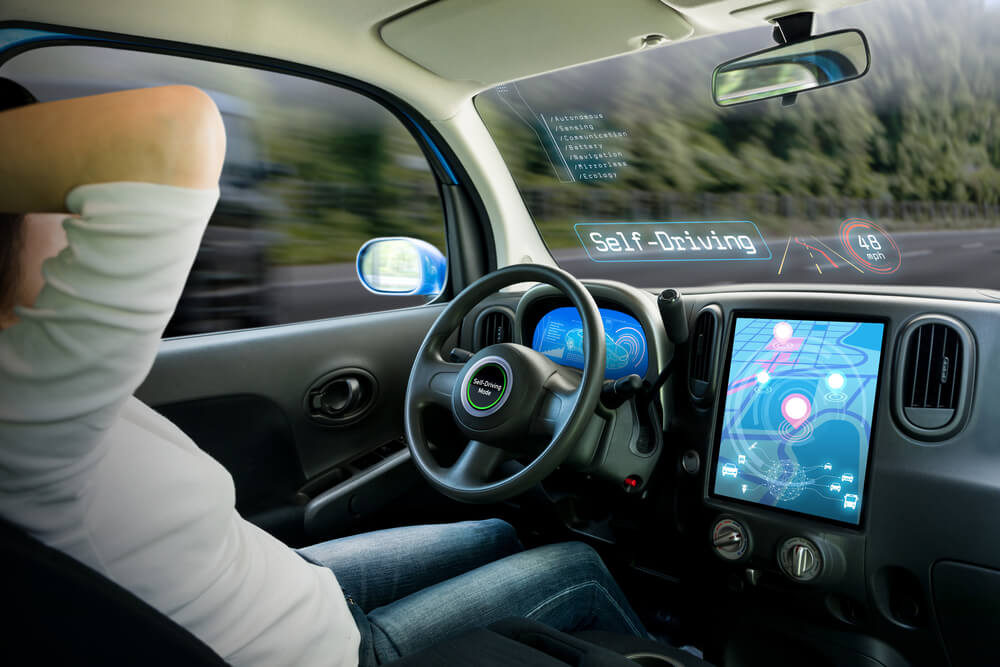Automated vehicle technology driving Michigan’s innovation economy
Ann Arbor commuters had good reason to celebrate last Thanksgiving as the orange barrels vanished along a lengthy stretch of US-23 that had been snarled for months by construction. What few drivers likely realize is that the massive project is part of a federally funded pilot program meant to create the highway of the future.
General Motors Chairman and CEO Mary Barra has suggested we will see more change in the automotive industry over the course of the next five years than we have during the last 50. If anything, that is an understatement – and much of the transformation is being shaped here in Michigan.
Let’s lay out the CASE, if you will. That stretch of US-23 will be used to test new connected car technology that will be critical to enabling the autonomous vehicles that could start plying U.S. roads in large numbers early in the coming decade. A new study by the Boston Consulting Group (BCG), meanwhile, predicts that millions of Americans may abandon their private vehicles in favor of ride-sharing services like Uber and Lyft, and that as much as half of the vehicles on the road will, by 2030, be powered by electrified drive trains.
Virtually every aspect of the automobile is in transition, from the way vehicles are designed to the way they are sold. Even the way they look will likely be very different in the not-too distant future. Pure battery-electric vehicles, like the Chevrolet Bolt, put most of their drive train hardware under the floor, so much of the old engine compartment can be used for passengers and cargo, meaning smaller vehicles with bigger cabins. And if you are not driving, why not turn the vehicle into a mobile living room or office?
Without a driver, the cost of a ride with a service like Lyft will drop substantially. So, many people will simply use a smartphone app to summon a vehicle when they need to get somewhere, rather than owning a private vehicle, said Xavier Mosquet, the author of the BCG study and previously head of the consultancy’s Troy office.
By connecting those vehicles, they will share information on traffic and weather conditions. And because their cameras, radar and LIDAR sensors do not blink, former National Highway Traffic Safety Administration chief Mark Rosekind is convinced we could see U.S. highway fatalities drop from more than 35,000 in 2016 to zero.
We have not seen this big a transformation since Henry Ford started the first moving assembly line at his Model T plant in Highland Park. And it will not come cheap. Volkswagen recently announced plans to invest more than $40 billion on its autonomous and electrified vehicle research over the next five years. Industry-wide, the figure is expected to run to $100 billion or more. Much of that money is being spent in Southeast Michigan.
Considering the costs and uncertainties, CASE technologies are making for some strange bedfellows. Honda and GM, for example, have formed a partnership to produce hydrogen fuel-cell vehicles. Ford Motor Company and GM have both teamed up with Lyft to test their autonomous vehicles. Ford, Hyundai and Toyota are among those that have pledged millions to complete the American Center for Mobility. Even Waymo, the Google spin-off considered a leader in hands-free technology, has set up a suburban Detroit base.
Who will win the race to develop tomorrow’s connected, autonomous, shared and electrified automobile? It is far from certain. But what does seem clear is that Michigan is coming out on top.
This story was originally posted in the January issue of the Detroit Regional Chamber’s Detroiter magazine. Read more at www.detroitchamber.com/news-media/detroiter-magazine/.


